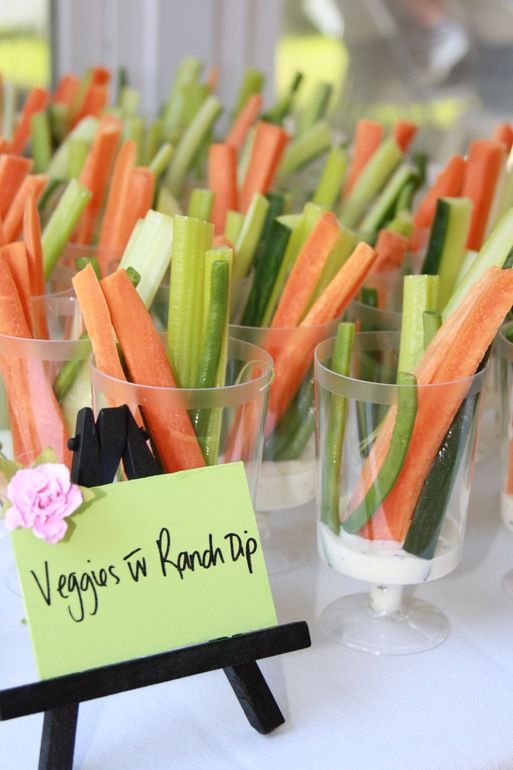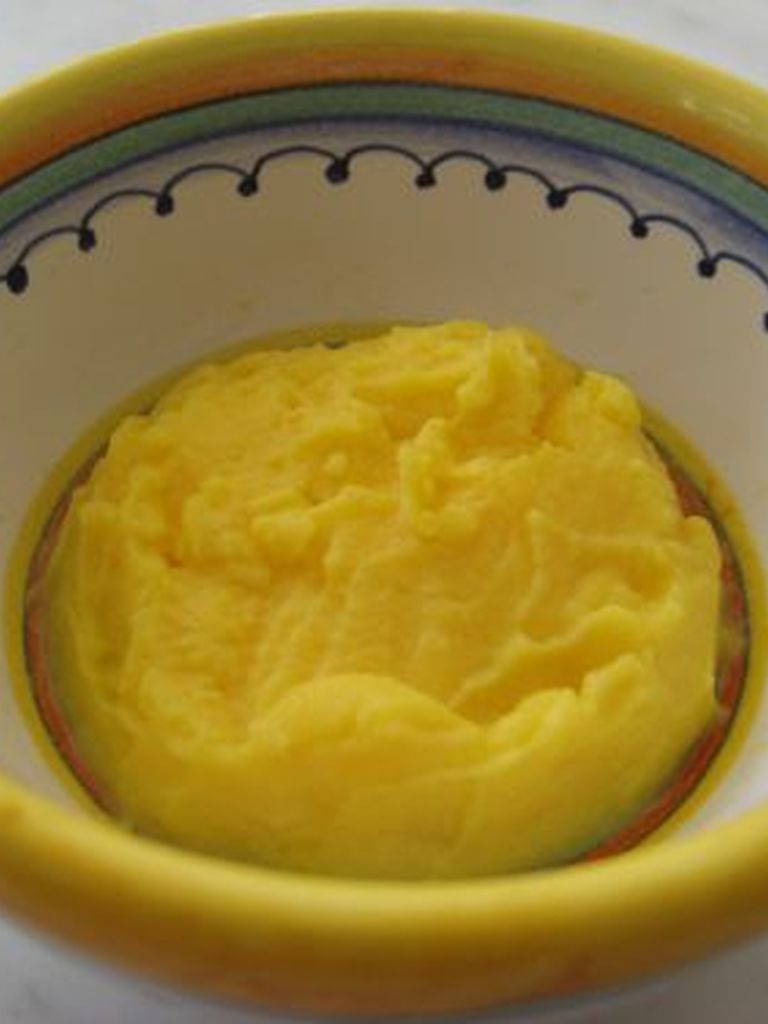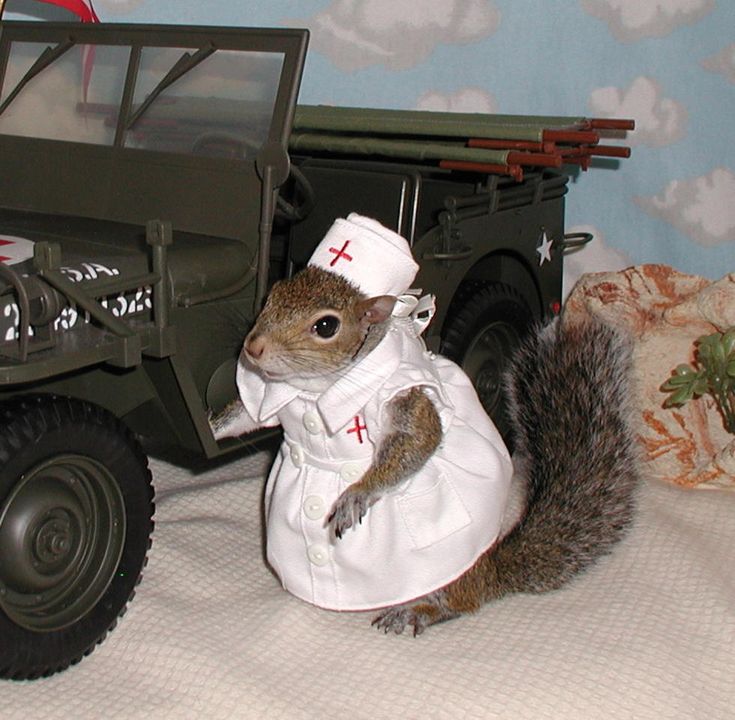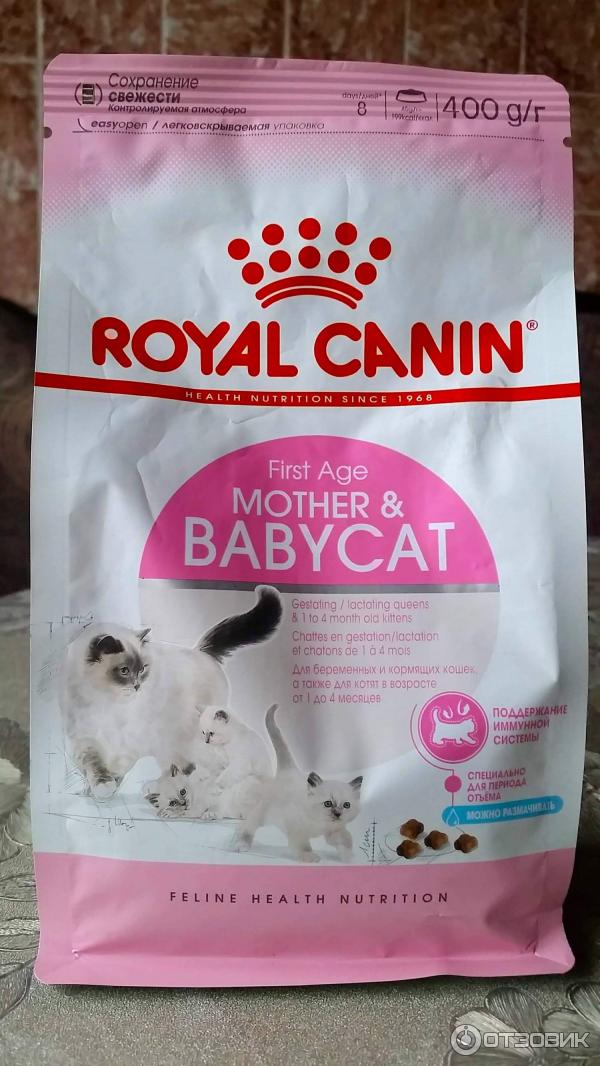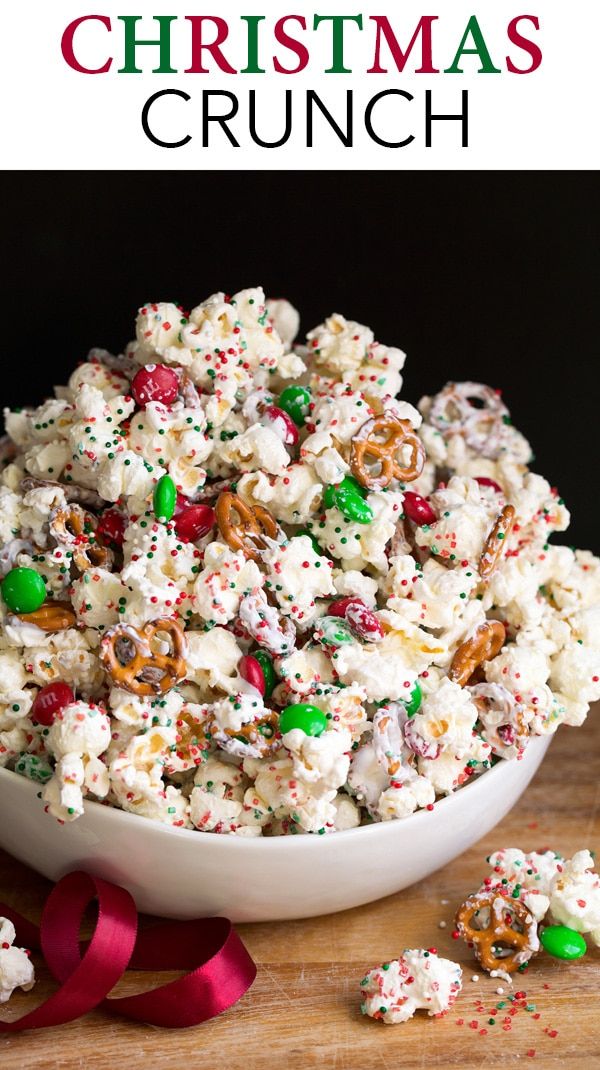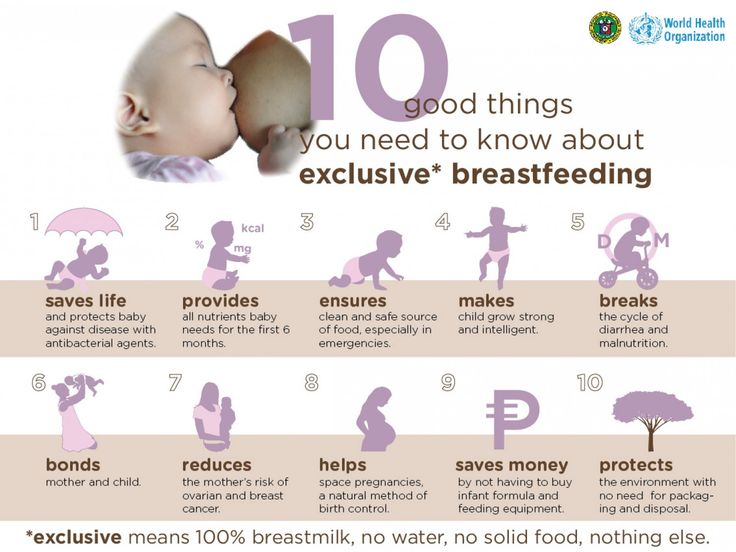Homemade baby chick starter food
What to Feed Baby Chickens
Chickens 101 Nutrition Raising Baby Chicks
Kassandra Smith
Senior Editor • Backyard Chicken Coops
Last Updated: 26 June 2020
Like all newborns, baby chicks need special attention. Chicks need egg-cellent nutrition to equip them to travel the journey from chick to fully feathered adult. From down to feathers, from peeps to clucks, from an almost imperceptible nub on the top of their heads to pretty red combs, a chicken undergoes the biggest and most rapid transformation from the day they hatch up until about eight weeks old when they are almost at three quarters of their adult weight. That’s quite egg-straordinary, I know! So, what type of fuel do these amazing critters need for this awe inspiring journey? Let’s stake a “peck” and egg-splore the nutritional needs of baby chicks!
First things first, a baby chick needs access to fresh clean water at all times. Water plays a key role in a baby chick’s overall health and wellbeing by aiding most of its bodily functions. Chicks and mature chickens alike consume approximately double the amount of water as compared to feed and therefore, a lack of it can seriously affect a chick’s health.
For starters, to get a jump-start in life, chicks begin by pecking at Chick Starter! Chick Starter contains all the essential nutrients a chick needs to grow and develop into either an egg-cellent egg layer or a robust cock-a-doodler! Typically, a chick will eat a starter mix up until eight weeks old; however, many commercial brands now sell chick starter as Chick Starter/Grower and it is fed up until Point of Lay in hens or at sixteen to eighteen weeks for the young gentlemen. A great alternative to commercial chick starter is a wonderful concoction of two staple ingredients; eggs and oatmeal. Simply, hard boil some eggs, mash them up and mix with oatmeal. Although, if you are raising a large number of fuzzy little chicks, feeding commercial starter is a wise choice and is available at most farm supply centers.
As with humans, accurate nutrition in these early stages is essential to ensure your chick's growth. Even the smallest inaccuracies in these early stages could cause them serious health issues and even death. To become confident and learn all there is to know about raising healthy happy chicks into egg-laying hens, visit Chickenpedia. They have a comprehensive course that will give you step-by-step instructions at every step of the way. I highly recommend them to all my readers.
The anatomy of chick starter begins with a most necessary nutrient-protein. Next to water, protein, both plant and animal, is the second most essential nutrient for young chicks. This star body builder stimulates the growth of muscles, tissues and organs-it’s basically what makes your wee ones grow. Feel free to offer your young chicks some small worms plucked after a spring or summer shower-nature’s homemade protein! Carbohydrates, fats, and vitamins and minerals make up the rest of the cast of nutrients needed by your ever growing wee chooks. Rest assured, though, in the fact that commercial chick starter comprises everything a baby chick needs to mature into a lovely hen or dapper rooster.
Rest assured, though, in the fact that commercial chick starter comprises everything a baby chick needs to mature into a lovely hen or dapper rooster.
Whilst I can give you some knowledge you get you started, it's our friends over at Chickenpedia that can give you a fully comprehensive guide to raising baby chickens. They cover everything you need, from food & water to temperature and vaccinations, so you can experience all the triumphs and avoid disasters with these precious little fluffballs.
Now, let’s get down to the nitty gritty matter of offering your baby chicks grit. Do baby chicks or growing young chicks need grit? Basically, if your babies are only eating starter, then they really don’t need added grit. If however, you begin adding supplemental foods such as kitchen scraps and treats, then a little bit o’ grit is necessary to aid digestion. Grit is egg-actly what it sounds like-minute pieces of earth, stone, and sand. If you live in a nice temperate climate, and your babies are out and about much of the time, they will most likely “peck up” sufficient grit to balance out their diet.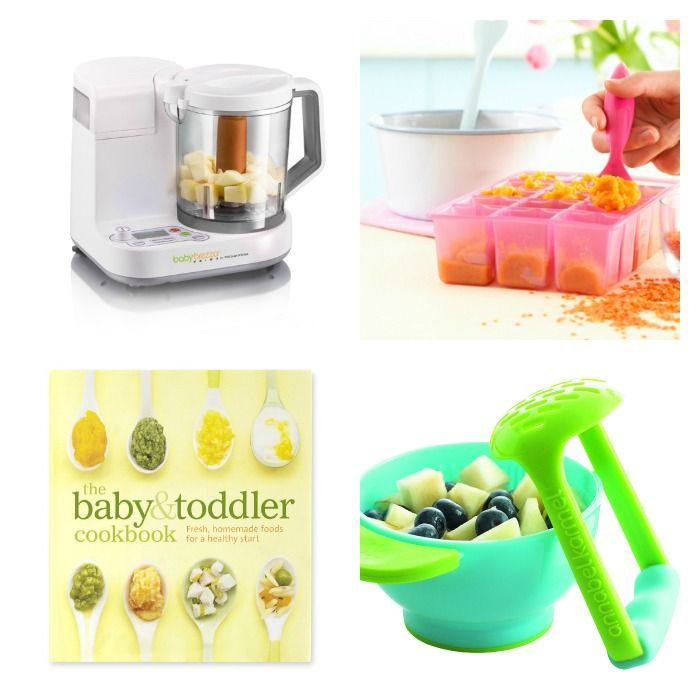
Do you give your baby chicks shell grit? Tell us in the comments below, I would love to hear from you.
An alternative to commercial chick starter, is to simply make your own baby chicken food. Although this choice provides you with the knowledge and peace of mind that your babies are getting egg-actly and only what you put into it, it is a complex process and can be difficult attempting to purchase all the necessary ingredients and then measuring out the egg-act quantities.
There really are no guidelines as to the amount of feed to offer baby chicks. Being the “always hungry” ravenous little critters that they are, it’s just fine to keep their feeders filled and at the ready. They will peck and peck until their little bodies let them know they’ve reached their fill. Then, being the egg-spert little poopers that they are, they’ll poop it right out again. Uh, oh…time to clean the bedding, yet again! Such is the life of a chicken keeper-aren’t you the lucky clucky one! Ha Ha
Oh and… I should also mention, click here to check out Chickenpedia.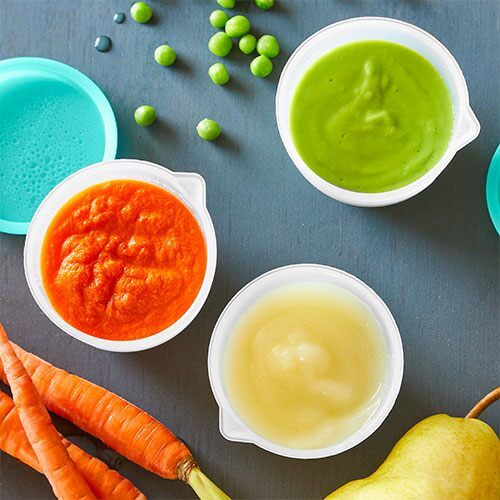 As a member, you will get access to the Ultimate Chicken Health Course. I highly recommend this to all of my readers because it has everything you didn’t know you needed to know (and lots of free guides). So, don’t wing it. Click here to check out Chickenpedia.
As a member, you will get access to the Ultimate Chicken Health Course. I highly recommend this to all of my readers because it has everything you didn’t know you needed to know (and lots of free guides). So, don’t wing it. Click here to check out Chickenpedia.
Sources and further reading
Please enable JavaScript to view the comments powered by Disqus.
Homemade Organic Baby Chick Starter Feed Recipe {corn-free and soy-free}
Thinking about making your own chick starter feed, eh?
When we first got our baby chicks, I was determined to be the best chick mother I could possibly be. This involved painstakingly researching exactly what they should eat, being over-protective, and taking waaay too many pictures.
There were three things I knew before getting chicks: that I absolutely wasn’t going to feed them conventional medicated chick starter, that I wanted them to have the best diet possible from the start, and that I didn’t want it to be complicated. Plus, it had to be affordable!
I’m a bit unconventional, which is probably why I thought to make my own chick starter feed in the first place…
And I’ll be brutally honest here: making your own chick feed is a lot of work. Is it worth it? I think that depends entirely on your situation and what you can source locally. I love that I get to control what the chicks are eating, and I KNOW that it is full of nutrients that will make them grow to be beautiful and healthy birds.
Please note that I am not a veterinarian nor an animal food scientist- this is merely what worked for us and I wanted to share it with you. I am someone who loves her chickens, and who successfully raised baby chicks on this recipe.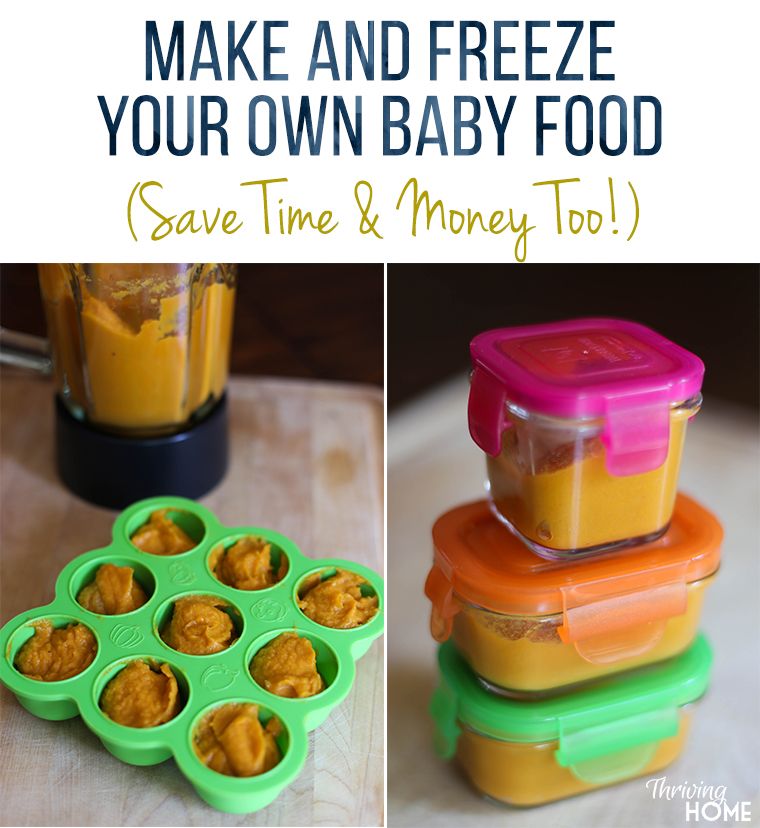 I am a doctor of humans with a fondness for biology, nutrition and research, so that helps too, I suppose…
I am a doctor of humans with a fondness for biology, nutrition and research, so that helps too, I suppose…
I have two recipes for you: both are between 20-22% protein, both are soy-free and corn-free, and one contains fish meal and one does not. I prefer the recipe with the fish meal because it is simpler. I’ve also found that our chickens prefer meat and bugs whenever they can have them, so I like being able to give the chicks that type of protein.
Don’t let their cuteness fool you- these fluffy little things will soon grow up to be mice and bug eating machines!
Grinding Chick Feed
There’s one thing that complicates making baby chick feed, and that is that you need to grind it into smaller pieces for the chicks. See grinding recommendations below in the recipe.
Chicks Need Grit
When feeding baby chicks homemade feed, they will also need to be supplemented with grit, which should be available at your local feed store, or online here.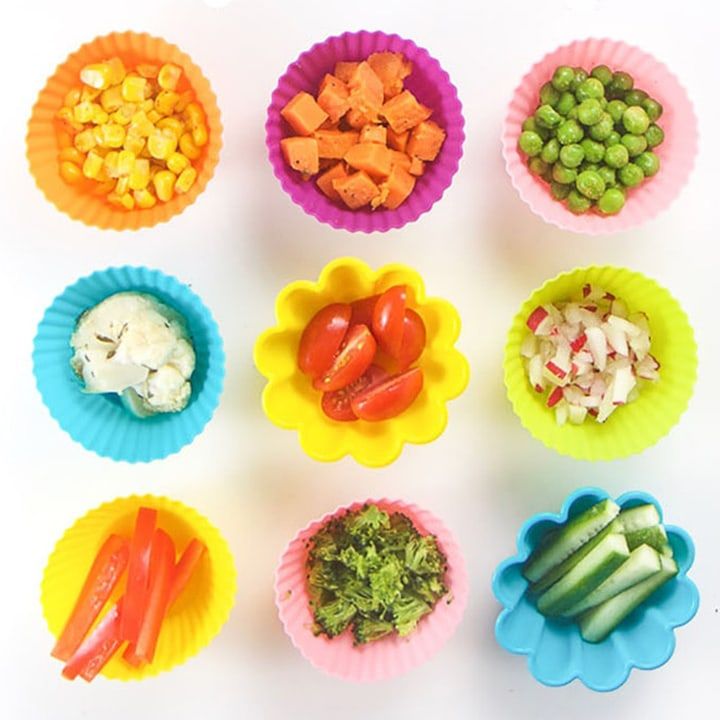 Grit for chicks is called #1 size or “chick” grit. It is important to get the correct size for their age. This is not the same as calcium/oyster shells (which they don’t need, and shouldn’t have, until they start laying). Do not mix this into the feed, but rather, offer it free-choice (just put some in a little bowl in the corner… and don’t be surprised when you find them sleeping in it!).
Grit for chicks is called #1 size or “chick” grit. It is important to get the correct size for their age. This is not the same as calcium/oyster shells (which they don’t need, and shouldn’t have, until they start laying). Do not mix this into the feed, but rather, offer it free-choice (just put some in a little bowl in the corner… and don’t be surprised when you find them sleeping in it!).
About Oats
The first round of feed I put together, I made the mistake of getting oats will hulls. While these are fine for adult chickens (although they generally prefer hull-less too), these don’t work for baby chicks. The hulls make the oats a lot harder to grind, and if you do grind them, the hulls come off and get mixed into the feed, and then the chicks have to pick around them. It’s a big mess, don’t use them.
Oats without the hulls are often called “oat groats,” and these are what you want. Steel cut oats are oat groats that are chopped, and these are also good (they are already ground for you!).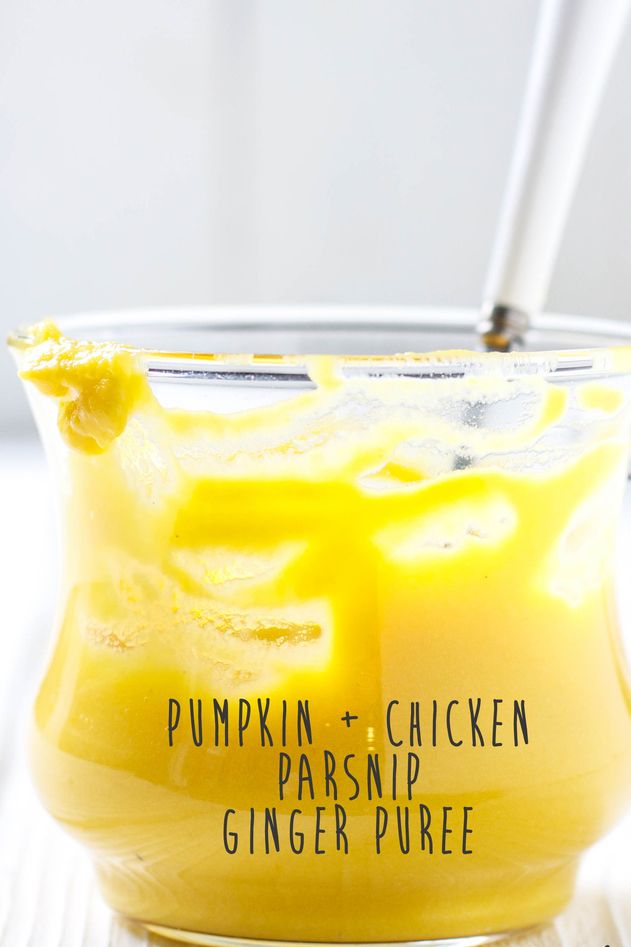 Rolled oats or old-fashioned oats have been steamed and pressed- you can use these, but I found our chicks didn’t care for them as much as the other types. Instant oats are processed and stripped of nutrients, and I don’t recommend them for chicken feed.
Rolled oats or old-fashioned oats have been steamed and pressed- you can use these, but I found our chicks didn’t care for them as much as the other types. Instant oats are processed and stripped of nutrients, and I don’t recommend them for chicken feed.
Fish Meal
Wondering where to buy fish meal? I was lucky enough to find mine at our local feed store for a great price, but you can find it online also. Quality matters here- make sure that the fish meal you are buying isn’t made for gardening only; many are.
Try these:
–> Wild Alaskan Salmon Fish Meal (5#)
–> Wild Alaskan Salmon Fish Meal (25#)
How Much Will This Cost?
It’s nearly impossible for me to break down the cost of this feed in a meaningful way for you, because where you can get your ingredients from makes all the difference. I am fortunate that I can get organic wheat, oats and peas from the feed store just down the road for a reasonable price, which is why it is much cheaper for me to make my own organic, soy-free, and corn-free chick starter feed.
I suggest you call every farm and feed store in your area, or within driving distance of an hour or so, and ask about each of the ingredients- whether they have things like organic wheat, oats and peas, and the prices. Or talk to your local food co-op about ordering some big bags of grains for a discounted price. Happy ingredient hunting!
See? Making your own chicken feed is hard work. It really does take dedication and time… so if you don’t have those things to give, I highly recommend you seek out a pre-made feed. However, you DON’T have to settle for the subpar brands at the feed store.
I Recommend this Pre-made Chick Starter FeedScratch and Peck Chick Starter (no corn, no soy) is what I believe to be the highest quality chicken feed available- it contains real ingredients and is from a great company. You can find it on amazon here, or use their store locator to see if it is available anywhere near you.
Additionally, if there is an Azure Standard drop site near you, they also carry it for a reasonable price. Find it –> here.
Organic Baby Chick Starter Feed Recipe with Fish Meal7 cups organic hull-less oats
5 cups organic wheat
3 cups organic split green peas or organic field peas
1 cup organic (shelled) sunflower seeds
1.5 cups organic/wild caught fish meal
2 Tbs blackstrap molasses
1/4 cup organic kelp
2 Tbs brewer’s yeast
egg (raw or hard-boiled: see below)
greens: fresh grass, spinach, dark lettuce or kale
5 cups organic hull-less oats
5 cups organic wheat
5 cups organic split green peas or organic field peas
2 cups organic (shelled) sunflower seeds
1 cup organic flax meal or organic sesame seeds
2 Tbs blackstrap molasses
1/4 cup organic kelp
2 Tbs brewer’s yeast
egg (raw or hard-boiled: see below)
greens: fresh grass, spinach, dark lettuce or kale
Both of these recipes make a little over one gallon (17 cups of feed). Feel free to make as large or small a quantity as you like using the same ratios and instructions.
Feel free to make as large or small a quantity as you like using the same ratios and instructions.
We’ll use the blackstrap molasses to add vitamins and get the powders to stick to the grains- and this works best using a specific technique. Mix together the ground grains, peas, sunflower seeds (and sesame if using the no fish meal recipe). Remove three cups of the mixture to another bowl, and to it add the molasses; use a large fork to stir it around until all the grains are coated. Add in the kelp and brewer’s yeast (and fish meal or flax meal) and stir again until the grains are coated with the powders. Add this mixture back in with the the rest of the grains in your bucket and stir so that all the coated grains are mixed in with the non-coated.
If the mixture has a lot of powder/crumbs in it, and they seem to fall to the bottom of the food dish and go un-eaten, feel free to mix in a little bit of water (to that day’s ration, not the whole batch) to bind the powders and make a “mash” so it is easier for the chicks to eat.
How to Grind Chick Feed
I found that my food processor was not strong enough to break down the dry grains and legumes, but a Vitamix blender worked (if making food for just a few chicks, fine… but if you have a lot, you’ll burn out your motor quickly- might want to rethink). A grain mill or even an old meat grinder might work (I haven’t tried either of these), but also remember that you don’t want to turn the mixture into flour- just smaller pieces. We have an antique hand crank corn grinder, which is the perfect tool for the job!
However, if you soak the ingredients for 24 hours first, you can grind them in a food processor. This will take more forethought and organization on your part. Soaked grains should be used within a couple days after soaking, which means you will need to be on top of things, so you don’t run out and don’t have more than you can use. Bonus: soaked grains are even healthier for the chicks! So if you can manage this, it is a great option. On the subject of soaking: if you do take this route, only soak the grains and peas. No need to soak the sunflower seeds, nor the kelp, yeast or fish meal. Aaand one more thing- each grain will grind differently, so it would be better to grind each type separately, otherwise your wheat might turn to mush before the peas have even started breaking down. Not totally necessary, but helpful.
On the subject of soaking: if you do take this route, only soak the grains and peas. No need to soak the sunflower seeds, nor the kelp, yeast or fish meal. Aaand one more thing- each grain will grind differently, so it would be better to grind each type separately, otherwise your wheat might turn to mush before the peas have even started breaking down. Not totally necessary, but helpful.
Feeding Egg
If the egg is coming from my own (very healthy) flock then I leave it raw. I feel comfortable eating our chicken eggs raw, which is why I feel comfortable giving them to the chicks raw. Use at your own risk. If the egg is from a store or someone else’s flock, it should absolutely be cooked, preferably hardboiled.
This is where it gets difficult to tell you how much egg and greens to add, since everyone will have a different amount of chicks and go through a different amount of feed. The egg and greens should be added fresh the day that you feed it (as opposed to being mixed in with the above grains and left to sit for more than a day).
Aim for 1 egg for every 6 cups of chicken feed. If raw, just mix it in, and if hardboiled, chop it up finely (use a potato masher) and then mix it in to that day’s feed. So, if your chicks eat three cups of food per day, add in about half of an egg or so. Keep the rest of the egg in the fridge until you use it the next day.
Feeding Greens
I try to use what I have here on the homestead in order to minimize cost- if I have garden lettuce or kale, I use that (chopped very finely), otherwise I use grass. We have tall, thick grass in the spring, and that works well. I will pick a clump and then use a scissors to cut it into about 1/2-inch lengths. Make absolutely sure your grass wasn’t treated with any chemicals!
Add greens at a rate of about 1/2 cup per every 4-6 cups of chicken feed. This doesn’t have to be exact, just close. And just like the egg, mix the finely chopped greens into that day’s feed at the time of feeding.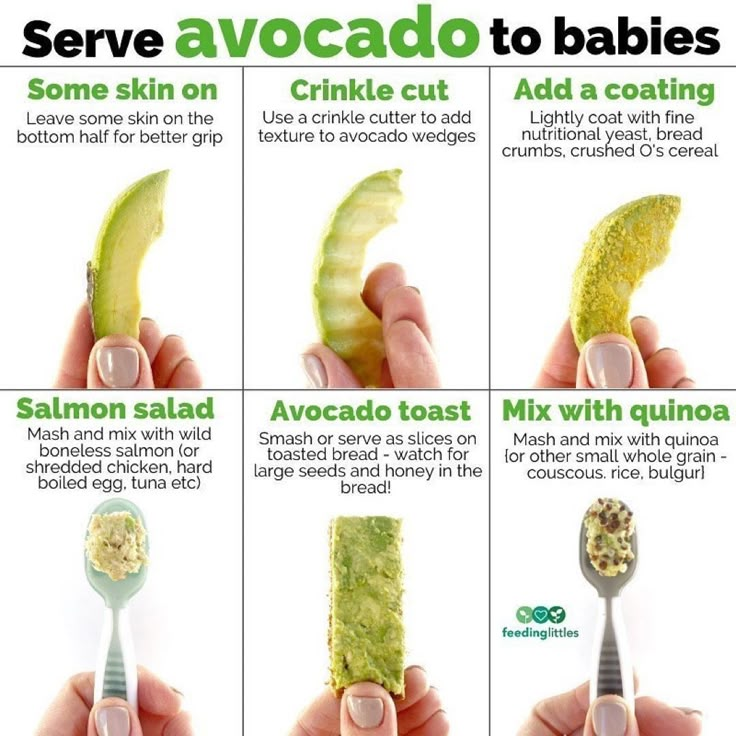
Transitioning to Whole Grain
As the chicks get older, they will be able to eat the grains unground (which will be very nice for you!). At around 6 weeks old, start experimenting to see what they will eat whole and what they won’t. I did this by putting a mixture of the whole grains in a small bowl in their brooder and watching to see if they would eat them.
When they start to take whole grains, slowly (over a week or more) transition them by mixing some of the ground feed they are used to with the new unground version of the same feed, increasing the ratio of whole grain feed a little each day.
Congrats chick-parents! Your new fluffy little ones are on their way to healthy, happy lives!
References
Anderson, Vern 2002. A Guide to Feeding Field Peas to Livestock. North Dakota State University. Fargo, North Dakota. https://www.ag.ndsu.edu/pubs/ansci/livestoc/as1224.pdf
C. D. Bennett, H. L. Classen, and C. Riddell. Feeding Broiler Chickens Wheat and Barley Diets Containing Whole, Ground and Pelleted Grain. 2002 Poultry Science 81:995–1003
Riddell. Feeding Broiler Chickens Wheat and Barley Diets Containing Whole, Ground and Pelleted Grain. 2002 Poultry Science 81:995–1003
Ibrahim, M. A., and E. A. El Zubeir. Higher fibre sunflower seed meal in broiler chick diets. 1991 Animal Feed Science and Technology, 33: 343–347.
Munt R.H.C., J.G. Dingle and M.G. Sumpa. Growth, carcass composition and profitability of meat chickens given pellets, mash or free-choice diet. 1995 British Poultry Science 36:277-284.
Rama Rao, S. V., M.V.L.N. Raju, A. K. Panda, and M. R. Reddy. Sunflower seed meal as a substitute for soybean meal in commercial broiler chicken diets. 2006 British Poultry Science 5:592–598.
Wondifraw, Zewdu and Tamir, Berhan. The effect of feeding different levels of brewer’s dried grain yeast mixture on the performance of white leghorn chicks. 2014 International Journal of Livestock Production 5(1): 10-14
Want more from the homestead?
This post may contain affiliate links, which means that if you click through them and end up purchasing an item (any item, not necessarily the one I recommended even!) I may receive monetary or other compensation.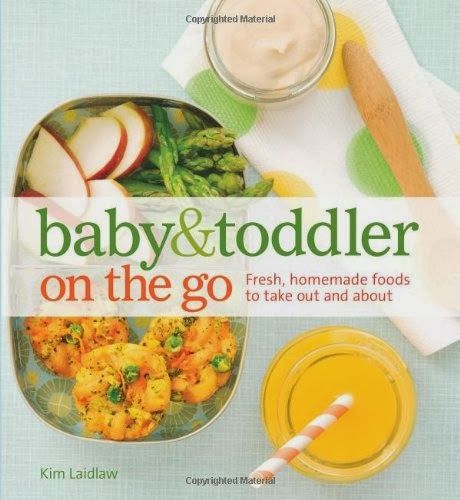 The price you pay is unaffected by using this link, and buying stuff you were going to get anyways through an affiliate link is a great way to support your favorite blogger and fellow homesteader! Thanks!
The price you pay is unaffected by using this link, and buying stuff you were going to get anyways through an affiliate link is a great way to support your favorite blogger and fellow homesteader! Thanks!
Do-it-yourself compound feed for chickens
Complete nutrition of birds is the basis for the manifestation of the genetic potential of productivity. The composition of the products should cover all the needs of chickens for nutrients, micro and macro elements, vitamins.
Rational nutrition will ensure not only healthy offspring, but will also help strengthen immunity, improve productivity, improve the quality of meat and eggs. The use of feed allows you to improve the quality of poultry nutrition and provide it with the necessary elements.
Buying feed that is produced in factories can be quite expensive, so many people prepare it on their own. There is a lot of video information on how to make and give compound feed.
In this article we will tell you how to make compound feed for chickens with your own hands, and what are their benefits.
Compound feed composition
Compound feed is a mixture of wheat, corn, oats, bone meal, cake and other components. The proportions of the ingredients will depend on various factors. Such food is rich in various substances - proteins, fats, carbohydrates, vitamins, microelements, fiber, etc.
Grain base
Mostly crusher is used. Each type of grain has its own useful qualities, so they are combined in the preparation of feed.
- Corn. Contains a small amount of fiber, so it is suitable even for chicks of the first days of life. Digestibility of substances 86-93%. Corn grain contains vitamins A, B, K, E. It is important not to overfeed the bird with corn, as this leads to obesity, and productivity decreases in laying hens.
- Wheat. Use non-edible grains that are low in fiber. The digestibility of wheat is about 62-84%. Wheat is a source of amino acids, iodine, calcium, iron.
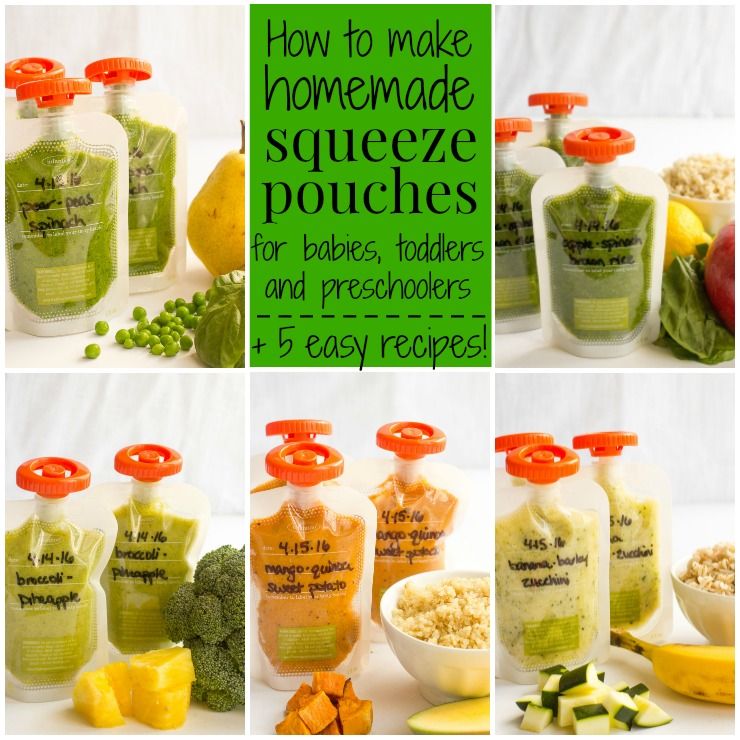
- Barley. Helps improve digestion, provides the bird with energy, strengthens the immune system. The digestibility of barley is approximately 58-78%.
Accessories
In addition to grain, the feed should also contain various nutrients.
- Meal and cake. This is a waste generated from the produced plant products - oils. Cake is a compressed raw material from which oil is squeezed out, and meal is obtained after extraction with organic substances. Both components have a nutritional composition - fat, protein, fiber, vitamin E.
- Yeast. Feed yeast not baker's yeast is used for feeding. They contain 38-60% protein, unsaturated fatty acids, dietary fiber, fiber, vitamins.
- Legumes. Among legumes, peas are considered the most useful. It contains a sufficient amount of carbohydrates, and at the same time it is well digested.
- Vitamin supplements and animal products .
 These include meat and bone, fish and bone meal, crushed shells, egg shells, bran, salt, vitamin grass meal, fodder chalk.
These include meat and bone, fish and bone meal, crushed shells, egg shells, bran, salt, vitamin grass meal, fodder chalk. - Fuza - waste from the production of vegetable oil. It is characterized by low energy performance and makes the mixer more attractive due to the smell of oil. Instead of a fuse, you can use other impregnations - skim milk or sour.
The protein content is approximately 15-18%, fiber - at least 6%. And the proportions between grains can be different, but more often wheat prevails in the feed. Its share reaches 40%, and the shares of other ingredients range from 6-20%.
What must not be added to compound feed
There are several products that cannot be used in compound feed preparation:
- watermelon rinds;
- sweets and pastries;
- meat waste from other chickens;
- green potatoes - raw, boiled or a decoction of it;
- spoiled or rotten food waste.

Meaning and norms of mixed feed consumption
Combined feeds necessarily contain a variety of organic components - legumes, cereals, vitamins, yeast, etc. A recipe is developed for each age of the bird.
Due to the variety and balanced composition of feed, broilers gain weight faster, and laying hens increase egg productivity, as well as egg quality.
Poultry prefers whole grains, but if given in large quantities, it will cause obesity and negatively affect egg production. Therefore, a number of components are added to the grain, which will reduce the calorie content and increase its nutritional value.
Properly prepared food must meet a number of requirements:
- Compensate for energy costs, especially in winter.
- Maintain egg production throughout the year and even in winter.
- Ensure the health and immunity of poultry.
Making feed yourself allows you to choose the ingredients depending on the age and breed of the bird, control the quality of the feed, use household food waste, and reduce the cost of feed.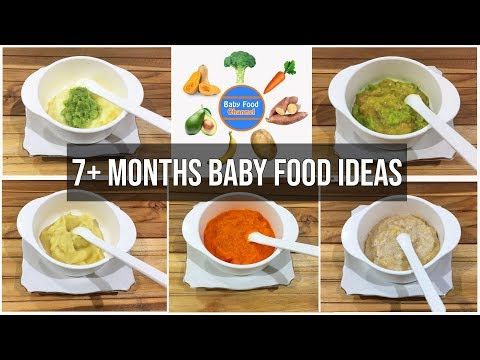 This is an opportunity to feed the bird with healthy food without preservatives and dyes.
This is an opportunity to feed the bird with healthy food without preservatives and dyes.
Consumption rates
On average, to feed one laying hen, it will take 120 g of feed, but this amount can vary between 70-150 g. If there are a lot of protein and carbohydrate feeds (juicy) in the diet, then the amount increases to 180 g. When feeding young chickens, you need to add foods high in protein and minerals that help speed up metabolism.
Feed options for chickens
The set and quantity of ingredients will vary depending on the age of the chickens.
0 to 14 days
In the first days of life, the chicks cannot yet eat ordinary food, so they are given compound feed of a porridge-like consistency and a dry grain mixture of crushed grain 1-2 mm in size. To make 1000 g of compound feed, you will need:
- wheat or barley flour - 150 g;
- crushed barley - 80 g;
- whey - 120 g;
- food salt - 2-3 g;
- tear corn - 500 g;
- sunflower meal - 150 g.
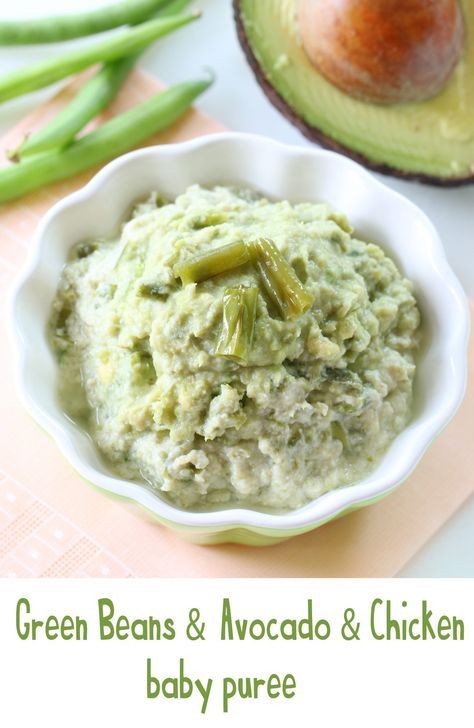
Before adding whey, it must be heated to a temperature of 28-35C. Then the components of the grain mixture are better saturated. Whey can be replaced with 1% kefir or yogurt. Dry food in the diet is alternated with mushy, which can be made according to this recipe.
Ingredients:
- crushed corn or barley grits - 200 g;
- water - 600 ml;
- crushed eggshell - 50 g;
- sunflower meal - 100 g;
- chopped bran - 50 g;
- vitamin B - on the tip of a knife.
Production takes a little longer, since the cereal is first boiled in water, cooled to room temperature, then added in turn - eggshell, meal, bran, vitamin B.
Age 2-4 weeks
When the chicks are 2 weeks old, the size of the crushed grains can be increased. In addition, vegetable oil, meat and bone meal, finely chopped fresh herbs are added to the composition.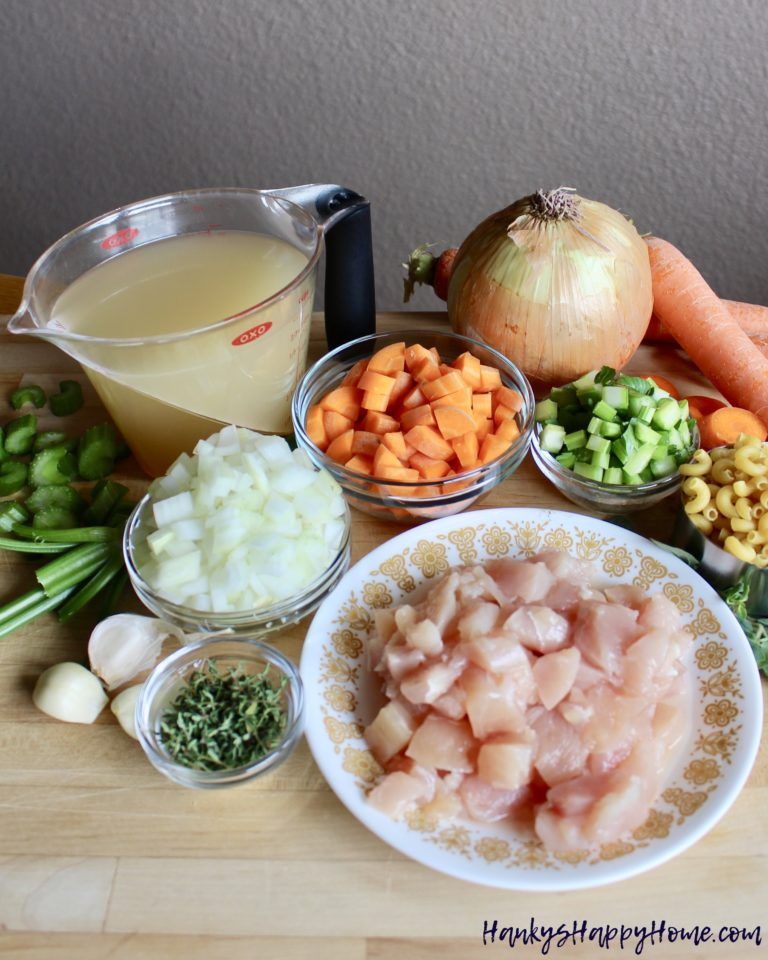
The following products are required for compound feed preparation:
- fodder yeast – 40 g;
- meat and bone meal - 80 g;
- chopped greens - 30 g;
- salt - 2-5 g;
- medium crushed corn grain - 480 g;
- sunflower cake - 200 g;
- evaporated milk skim - 30 g;
- sunflower oil - 10 g;
- wheat turd - 120 g.
For a change, corn grain is alternated with barley and wheat. And when mixing the ingredients, sunflower oil and yeast are added last.
Porridge is prepared according to the same recipe as for chickens from 0 to 2 weeks, but meat and bone or fish meal is put instead of egg shells, and crushed wood lice or plantain are also added.
Age 1 month
Starting from the age of 30 days, feed for chickens should have a high carbohydrate content. This can be achieved by increasing the proportion of grain. It is recommended to mix whole and crushed grains in a ratio of 1:1. The composition of the compound feed in this case will be as follows:
It is recommended to mix whole and crushed grains in a ratio of 1:1. The composition of the compound feed in this case will be as follows:
- wheat - 250 g;
- whole barley + crushed barley + crushed corn + soy protein - 150 g each;
- split peas - 100 g;
- sunflower cake + crushed chalk - 50 g each;
- salt - 3-5 g.
Cake can be added only from the age of one month, as it is a coarser product.
Boiled vegetables and food fish or meat waste can be added to the composition of the porridge-like feed.
Ingredients for porridge:
- whole grain barley or wheat - 700 g;
- straw or fodder silage - 400 g;
- food waste + sunflower cake - 100 g each;
- boiled carrots + potatoes - 400 g each;
- boiled swede - 100 g;
- salt - 7-10 g;
- meat and bone meal - 50 g;
- rye bran - 150 g;
- crushed chalk - 80 g.

Mix all the ingredients, and then add 200 ml of skimmed milk and warm water until a thick crumbly porridge is formed.
How to make broiler feed at home
The purpose of feeding broilers is to obtain high-quality homemade meat in 2 months. Therefore, the diet here will be aimed at strengthening the skeleton of the bird and building muscle mass. In this part of our article, we will give recipes for compound feed for broilers from 0 to 2 months.
Compound feed for broilers from 0 to 14 days
From purchased feed for nutrition during this period, feed PK-1 is purchased. But you can make it yourself at home.
To feed one chicken for two weeks you will need:
- corn mash - 175 g;
- ground wheat - 56 g;
- meal - 49 g;
- 1% kefir or whey - 42 g;
- barley - 28 g.
For better growth, vitamins and minerals can be introduced into the feed.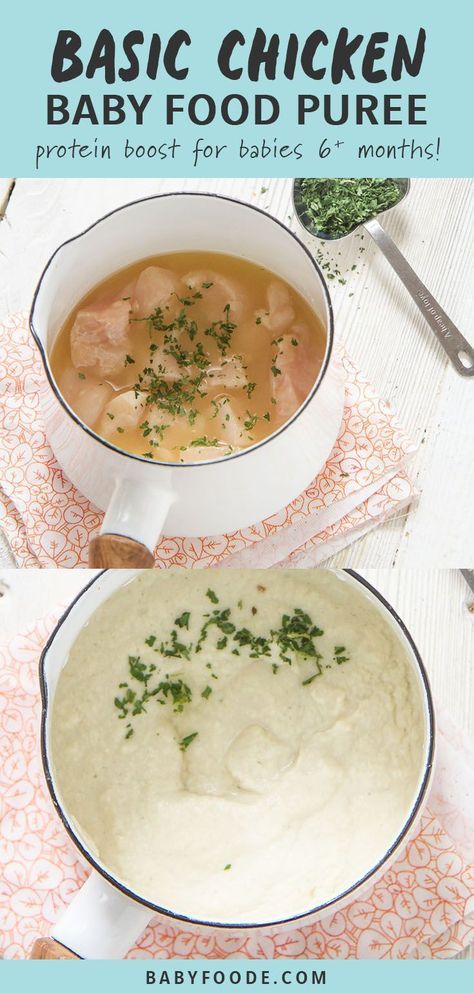
14 days to 1 month
Due to the peculiarities of the development of chickens at this age, they still cannot eat large grains, therefore it is recommended to grind them to a fraction of no more than 3.5 mm. Feed mix variant can be used as follows:
- crushed corn - 672 g;
- sunflower cake - 266 g;
- chopped wheat - 182 g;
- fish or bone meal - 98 g;
- yeast - 70 g4
- herbal flour or grass - 42 g;
- dry reverse - 42 g;
- feed fat - 14 g.
This feed is enough for one broiler for 2 weeks, provided that he eats 100 g per day.
1 to 2 months
This feeding period is called the finish. The task is the maximum weight gain of the broiler, based on this, a different ratio of products is selected. For one bird, you will need to prepare 140-160 g of feed per day. With a consumption of 140 g per day for feeding one broiler, you can prepare this version of the mixture:
- corn - 2040;
- cake or meal - 780 g;
- wheat - 600 g;
- barley - 360 g;
- bone or fish meal - 300 g;
- yeast - 210 g;
- fat 150 g;
- grass + chalk - 60g each
Do-it-yourself compound feed for chickens: recipes
Compound feed for laying hens must provide them with nutrients so that productivity is maintained and eggs are of good quality. To make compound feed with your own hands, you can use the options below.
Option No. 1
- Corn kernel - 500 g;
- wheat - 150 g;
- barley + meal - 100 g each;
- fish or meat and bone meal - 140 g;
- fresh grass or chopped hay - 50 g;
- peas - 40 g;
- fodder yeast - 50 g;
- table salt - 3 g.
The dry base can be mixed in advance, and before feeding, soak the right amount with warm water. You can use chicken broth.
You can use chicken broth.
Option No. 2
- Ground wheat - 500 g;
- chopped barley - 300 g;
- sunflower meal - 100 g;
- bran - 50 g;
- sunflower oil - 20 g;
- meat and bone meal - 40 g;
- crushed chalk - 30 g;
- shells - 60 g;
- edible salt - 3 g;
- vitamin complex - 1 g.
Option No. 3
- Wheat - 450 g;
- corn - 120 g;
- herbal + fish meal - 50 g each;
- triticale or barley - 70 g;
- sunflower meal - 70 g;
- fodder chalk + ground peas + fodder yeast - 20 g each;
- salt - 5 g;
- vitamin premix - 10 g.
Once a day, laying hens are given a wet mushy compound feed . It can be made from the following products:
- wheat (whole grain) - 750 g;
- boiled potatoes - 600 g;
- boiled carrots - 300 g;
- combined silage - 400 g;
- rye or wheat bran - 150 g;
- milk - 200 ml;
- meat and bone meal - 50 g;
- fish or meat food waste - 120 g;
- wheat cake - 100 g;
- beets - 50 g;
- chalk or crushed eggshell - 70 g;
- food salt - 5 g;
- hay dust or hay - 100 g.

Chicken feed is best prepared shortly before feeding as it does not store.
Advantages and disadvantages of self-prepared food
Many poultry farmers make videos of making homemade feed and share the results. Everyone decides for himself whether to make feed at home or buy ready-made. The first option takes more time, but is cheaper. Many experienced poultry farmers prepare homemade feed. After all, he has a mass of advantages:
- only natural composition - no preservatives, dyes and other chemicals;
- the ability to use waste from the garden, and the composition of the diet will not deteriorate;
- reducing the cost of feeding birds.
There are also disadvantages of at home. For example, it is difficult to make pelleted food. For this, a special apparatus, you can use a homemade one.
This article was about how to make several varieties of grain mixtures for chickens and adult hens, but, in addition, there are many video recipes from poultry farmers.
A properly composed diet, which takes into account the goals of growing a bird, its age and breed, will provide your birds with the necessary nutrients, calories.
A high-quality homemade diet increases egg production in laying hens, weight gain in broilers and improves product quality.
Compound feed "Start" for chickens: composition, preparation, feeding tips
A well-known folk saying “chickens are counted in the fall” appeared for a reason. This is due to the high mortality of young animals in the first days of life. Moreover, the reason for this is not diseases and conditions of detention, but an improperly selected diet. This is the main factor influencing the production of a fresh and strong stock, which in the future can demonstrate high egg production or good weight gain.
Content:
- Compound feed for chickens - main advantages
- Description of compound feed "Start"
- Appropriate age for use of "Start"
- Compound feed analogues "Start"
- Formulation and composition
- Rules for preparation and feeding
- Dosage advice
- Helpful tips for breeders
Compound feed for chickens - main advantages
Properly selected nutrition will not only provide the chicks with excellent health in the future, but also increase their productive abilities.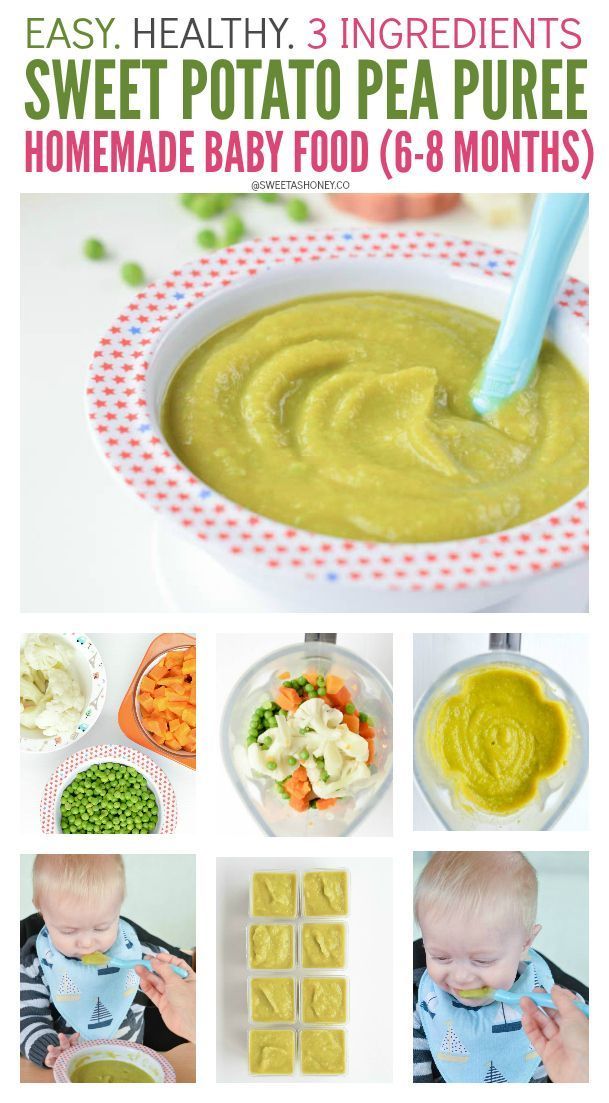 It is the diet and its wealth that form the basis of immunity and resistance to various infections, diseases and parasites from the first days.
It is the diet and its wealth that form the basis of immunity and resistance to various infections, diseases and parasites from the first days.
Choosing a combined feed, the breeder receives a completely balanced and prepared type of feeding, which includes not only the main grain components, but also a sufficient amount of micro and macro elements, vitamins and other components that contribute to the proper development of the bird and accelerate its growth.
Description of compound feed "Start"
This is one of the best feeds today, it is a benchmark for manufacturers and combines only the best ingredients. It is suitable for young animals from the first day of life and has a beneficial effect on their development. The composition is well digested and perfectly absorbed, suitable for ordinary chickens and broiler chicks.
Among its advantages are:
- Composition - well-chosen components with all the necessary additives and biologically active substances.

- Feeding scheme - the feed is very easy to use, does not require time-consuming kneading and preparation.
- Savings - portioning and rational use will reduce waste and minimize food costs. Dry mixes do not deteriorate in the feeders, do not turn sour.
- Growth quality - due to the composition of the feeding significantly improves the quality of weight gain, improves immunity and reduces mortality.
- Convenience - feed can be easily divided into portions or norms without spending much time. It is not necessary to measure the amount of proteins, minerals and vitamins by grams, it is enough to open a pack of the finished mixture and distribute it among the feeders, observing the required dosage.
- Storage - the food lies perfectly at home at room temperature and is unpretentious.
- Cost - quite adequate prices help poultry owners to significantly reduce the cost of feeding young animals.
Appropriate age for use of Start brand
It is this type of compound feed that was popularly called "null" because it is perfect for feeding only hatched babies from the first hours of birth.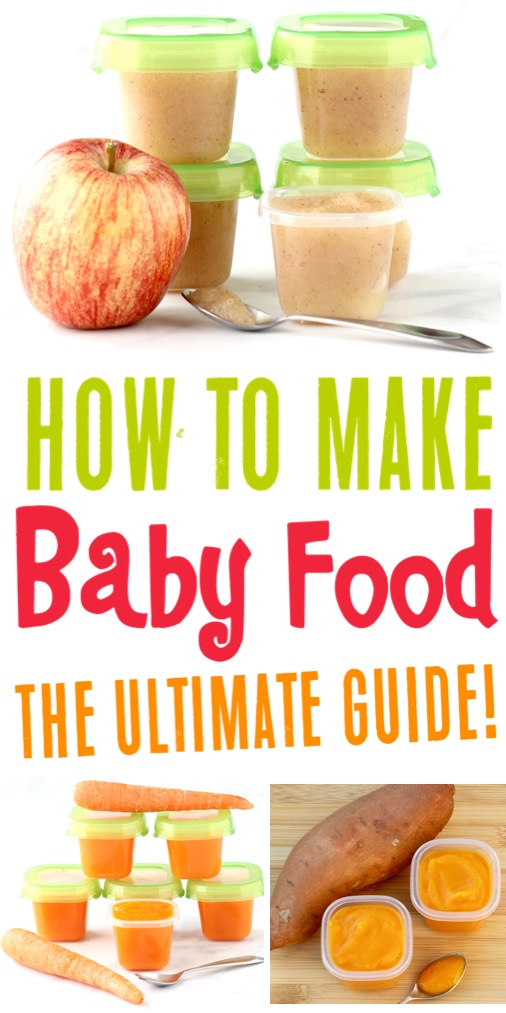 But there are slight differences in the composition for ordinary chickens and broilers:
But there are slight differences in the composition for ordinary chickens and broilers:
- Suitable for chicks from 0 to 7 weeks of age (laying hens), but no more.
- For broilers, two weeks of feeding with this feed is enough. It can be used without additional additives or in combination with grass, wet mash, but be sure to provide young animals with unlimited access to water.
Compound feed analogs "Start"
Among the competing feeds, you can most often find PC-0, intended for nutrition from 1 to 14 days after birth. PC-5, or "krupka", is also one of the most popular. Also there are "Starter", "Nulevka", the feed of the "Solnyshko" brand has become widely known.
Separately, it is worth paying attention to the markings PK-5-3 and PK-5-4, which are suitable for special feeding of weakened or sick chicks. Sometimes they are called prelaunch.
Formulation and composition
The main components of the Start feed are wheat and corn, which are supplemented with:
- limestone and fishmeal;
- salts;
- soybean meal;
- vegetable oils;
- enzymes;
- antioxidants
- and other additives.

Exchange energy indicator - 305 Kcal.
The mixture for newborn broilers is slightly different in composition. It has an increased percentage of crude protein, added fiber, and an exchange energy index of 300 Kcal. The composition also includes acids in the form of methionine, lysine, cystine, tryptophan compounds, sodium, calcium and phosphorus.
The combination of all components is balanced and selected taking into account the characteristics of age. The content of nutrients, trace elements, minerals allows you to deliver everything you need to the body of the chick, having a good effect on digestion, the formation of the bone skeleton, and a rapid increase in muscles. After using this feed, the chicks improve their egg production and weight, and the body's resistance to various infectious diseases increases.
Start feed contains no antibiotics and their derivatives, GMOs, no special growth and weight gain stimulants. Production is carried out in accordance with established standards (according to GOST 18221 - 99), only environmentally friendly products and natural ingredients are used.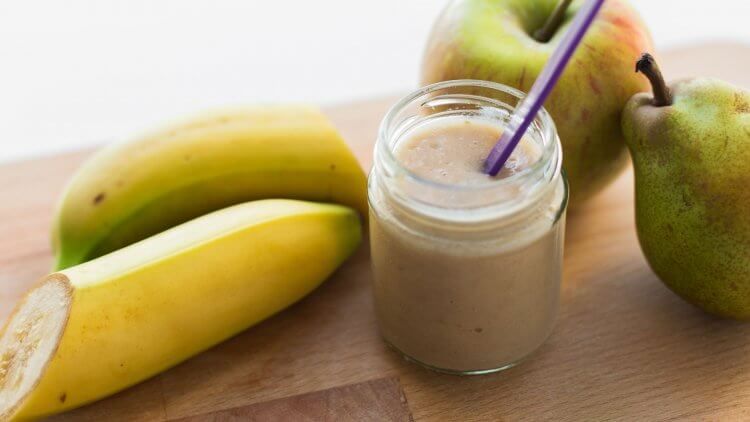
The release form is small crumbs or grains, which are packed in bags of the required weight of 25 kg. When purchasing compound feed, it is necessary to familiarize yourself with the composition so as not to purchase a low-quality product filled with artificial additives and synthetic hormones, which have a bad effect on the overall development of chicks and can contribute to the appearance of hormonal and behavioral abnormalities.
Rules for preparation and feeding
In fact, Start feed is a complete nutritional composition for both newly born chicks and grown chickens a few days old. It is completely ready and does not require adjustments and additions.
Every breeder must remember that there must be water in the drinkers at all times. It is important to provide chickens with unlimited access to it.
There is always an instruction on the package, which lists the basic rules of feeding, and lists the daily allowances, so it will be most correct to familiarize yourself with the recommendations and strictly follow them in the future. The daily rate is usually divided into several doses. For example, in the first 5 days, the chicks should eat at least 6, but not more than 8 times a day, after which this amount is reduced to 3–4. Ten-day-old chicks need 3 feedings per day.
The daily rate is usually divided into several doses. For example, in the first 5 days, the chicks should eat at least 6, but not more than 8 times a day, after which this amount is reduced to 3–4. Ten-day-old chicks need 3 feedings per day.
Compound feed is given both in dry form and soaked with the use of broth, whey, yogurt, which should be slightly warmed up, since chickens eat warm food more willingly.
In the future, the owners should remember that it is impossible to drastically change the type of food, it must be introduced gradually, changing the dosage, since the chicks are very sensitive and may react negatively to the changes taking place.
Dosage advice
The correct calculation must be made from the first day. After birth and until the seventh day, 10-20 grams per chick is enough. The second week involves increasing the dose to 20-40 grams. From 14 to 21 days, the volume is increased to 60 grams, from 21 to 28 - up to 80 grams. From the 28th to the 35th day, the total daily weight per head can be from 115 g, and for broilers it can reach up to 170 g.
It is important to constantly monitor the nutritional behavioral factors of the chicks and clearly understand what they require. If the food is eaten quickly, and nothing remains in the feeder for 20-30 minutes (maximum), it is necessary to increase the daily dose, even despite the recommendations of the manufacturers. In no case should starvation be allowed, otherwise it will have a bad effect not only on growth, but also on the general health of the livestock.
Helpful tips for breeders
The main indicator when choosing a food base is the future purpose of the chick - it will be grown for eggs or for meat. Therefore, the breed plays an important role and orients the owner to the presence of certain components in the composition. Egg-laying chickens need a large amount of carbohydrates, vitamins, minerals, and for meat chickens, protein is a priority, which covers all the needs of rapidly developing babies.
Another nuance for future laying hens is the absence of hormonal supplements in the mixture aimed at accelerating growth.
In the first days, it is necessary to add a weak solution of potassium permanganate to the drinkers, which will help improve digestive functions, neutralize possible poisoning, improve digestibility and help prevent diseases such as salmonellosis or pullorosis.
An additional feeder can be installed where calcined sand and crushed shells will be poured so that the chicks can consume natural minerals for the development of a healthy bone apparatus.
At the age of 3 weeks, the chicks can be let out for walks - for a start for a short period, gradually increasing it. This will not only help strengthen the immune system, but also teach the chickens to be more independent. It is very important to prevent hypothermia in the early days so that the chicks do not catch a cold.
For a change, from the 5th day of life, you can sometimes add protein products such as cottage cheese, buttermilk and whey to the diet, into which you can cut greens, carrots, nettles, cabbage leaves.



